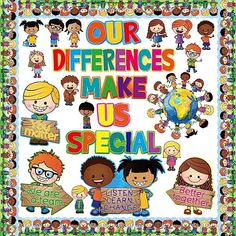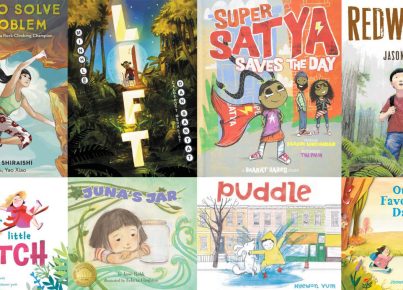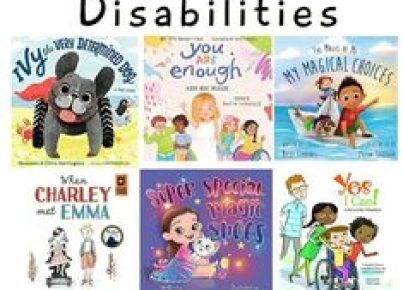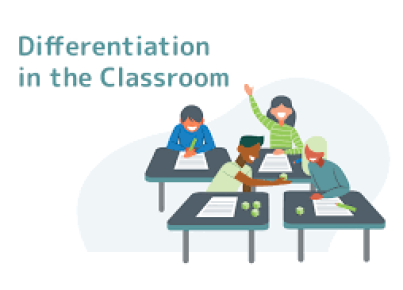In the landscape of contemporary education, embracing diversity and implementing differentiation strategies are essential for creating inclusive and effective learning environments. Diversity in the classroom includes a spectrum of differences among students, such as cultural backgrounds, languages, learning abilities, socio-economic statuses, and personal interests. Acknowledging and valuing these diverse elements can profoundly impact a student’s educational experience.
Differentiation in education is an approach taken by educators to address the varied learning needs, preferences, and abilities found within a heterogeneous classroom. It is about delivering instruction that is tailored to meet individual student’s learning needs while challenging each learner at their level.
To achieve differentiation in a diverse classroom, teachers may deploy a myriad of instructional strategies. These can range from providing different reading materials that suit various reading levels to offering multiple forms of assessments that permit students to demonstrate their understanding in different ways. Using cooperative learning groups that value each student’s unique contribution or incorporating technologies that cater to distinct learning styles are also effective differentiation techniques.
The importance of both diversity and differentiation cannot be understated. When students feel represented and recognized in their learning environment, they are more engaged and motivated. By differentiating instruction, educators can support all students to reach their fullest potential.
There exists a symbiotic relationship between diversity and differentiation; one complements the other for the betterment of the educational experience. As classrooms continue to reflect the broader diversity of our global society, educators must respond with flexible, responsive teaching methods to prepare all learners for success not just in school but in life as well. Differentiated instruction in diverse classrooms teaches more than academic content—it fosters empathy, respect, collaboration which are key for thriving in a multicultural world.
As we forge ahead into an increasingly diverse future, it becomes clear that differentiation is not just an educational strategy but a social imperative. It is instrumental for educators to create equitable classrooms where every child can succeed and feel valued. Thus, promoting diversity and implementing differentiated instruction strategies is indispensable in equipping students of all backgrounds with the tools they need to excel both within the academic setting and beyond.





